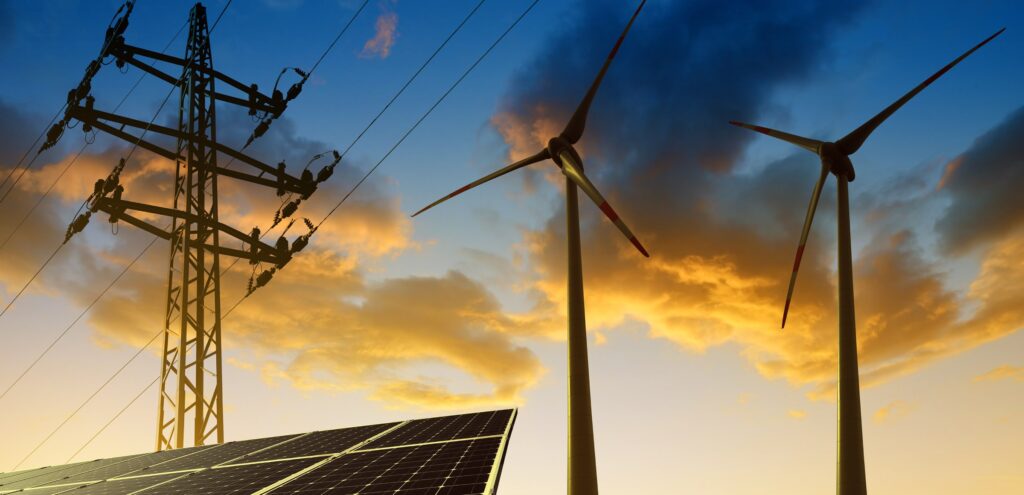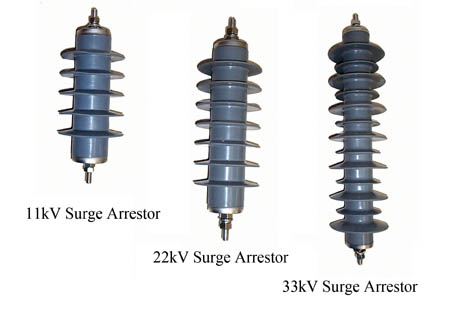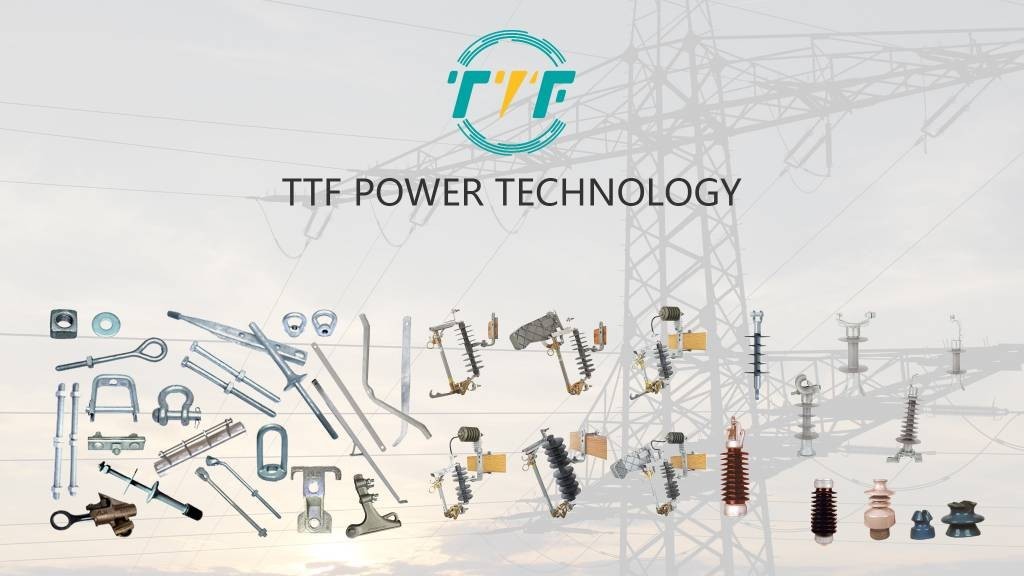
South America is currently undergoing energy transformation with electrification and renewable energy integration. These efforts aim to enhance energy access, decarbonize the energy sector, and promote sustainable economic growth. Most South American countries have achieved high levels of electrification in urban regions. Countries like Brazil, Argentina, and Chile have almost 100% urban electrification rates. South America has massive renewable energy potential, including hydroelectric, wind, solar, and geothermal resources. Countries like Argentina, Chile, and Uruguay have expanded wind and solar capacity. This is through the support from government incentives and falling technology costs. Electrification and renewable integration provide benefits such as energy access, decarbonization, energy security, and economic growth. Surge arresters are crucial components of electrical systems that shield devices from voltage spikes and switching activities.
Proper installation and maintenance of surge arresters ensure the stability and durability of electrical infrastructure. Advanced surge protection technologies are crucial with the rise in electrification projects. Surge arresters are essential for preventing network outages and guaranteeing dependable energy supply. These components prevent damage to equipment like transformers, generators, and electronic devices. Renewable energy sources are intermittent, which needs frequent switching operations on the grid. The switching events can generate transient overvoltages that can stress equipment. Surge arresters mitigate overvoltages to ensure the reliability and longevity of the grid infrastructure. High-quality surge arresters enhance the safety of electrification and renewable energy integration projects.
Importance of surge arresters in electrification and renewable energy integration
Surge arresters protect electrical infrastructure and ensure reliable energy supply in South America. This is especially during the electrification and renewable energy integration expansion. They protect infrastructure, enhance grid reliability, and support renewable energy systems. By doing so, they contribute to a more resilient and sustainable energy sector in the region. Discussed below is the importance of surge arresters in electrification and renewable energy integration.

- Protection of grid infrastructure—surge arresters protect transformers, switchgear, and other electrical components from voltage surges. They extend the lifespan of critical infrastructure to reduce maintenance costs.
- Reliability of renewable energy systems—surge arresters protect inverters, turbines, and other sensitive equipment. They also ensure consistent energy output to reduce disruption to the grid. They do so by protecting renewable energy systems.
- Rural electrification—surge arresters prevent outages caused by overvoltage events. They prevent equipment damage, which reduces the financial burden of repairs and replacements.
- Smart grid integration—advanced surge arresters with IoT and AI capabilities can track grid conditions and enable proactive maintenance. Surge arresters ensure seamless operation and enhance system reliability.
- Environmental benefits—line surge arresters contribute to more efficient and cost-effective energy distribution. They protect renewable energy infrastructure supporting the transition to cleaner energy.
- Facilitating grid modernization—a surge arrester protect renewable energy generation equipment. They protect equipment like wind turbines and solar inverters. This ensures their continued operation and maximizes energy output. Surge arresters contribute to a more reliable and resilient electricity grid. This is essential for integrating variable renewable energy sources.
Impacts of electrification and renewable energy integration in South America
Electrification and renewable energy integration bring changes to South America’s energy landscape. These efforts are addressing energy access gaps, enhancing sustainability, and fostering economic and environmental benefits. There are several challenges, like infrastructure gaps and renewable variability. TTF is a world-class global provider of high quality overhead line hardware, transmission hardware, distribution hardware, conductors, insulators, cutout switches, anchoring and grounding products. The following are the impacts of electrification and renewable energy integration in South America.

- Increased energy access—electrification projects bring power to remote communities improving quality of life.
- The growth of renewable energy capacity—the availability of hydropower provides enough share of its electricity needs to South America. Wind, solar, and geothermal energy are reducing reliance on fossil fuels to diversify the energy sector.
- Decarbonization of the energy sector—renewable energy integration lowers greenhouse gas emissions, which contributes to global climate change. For instance, Uruguay and Chile are in the lead with their high percentage of electricity generated from renewables.
- Economic benefits—the renewable energy sector creates employment opportunities in construction, operation, and maintenance. South America attracts significant domestic and foreign investment in renewable energy projects.
- Enhanced grid stability—Integration of grid technologies and energy storage systems improves the reliability and efficiency of power distribution. Improved grid stability supports the seamless incorporation of intermittent energy sources.
- Environmental conservation—electrification efforts reduce dependence on biomass, which preserves biodiversity. The transition to cleaner energy reduces air and water pollution.